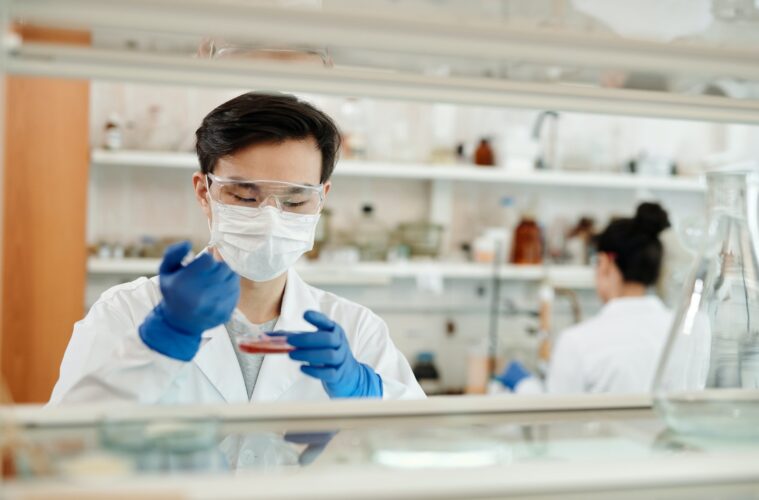The medical lab industry has been evolving rapidly in recent years with the increasing use of technology. The newest and most popular breakthrough is next-generation sequencing (NGS). NGS is a method of DNA sequencing that provides an unprecedented amount of information and enables sequences to be stored on computer disks. This article will explore how next-generation sequencing can improve the success rate of a typical medical laboratory.
Medical laboratories widely use the next-generation sequencing method to produce higher-quality data. The reason for this is the decreased time frame necessary to receive the results, thus decreasing the turnaround time of a test. This technology can also read DNA sequences that were previously undeterminable with older methods.
Next-Generation Sequencing Allows a Lab to Test for a Wide Array of Diseases
The technology can read DNA sequences that were previously undeterminable with older methods. NGS makes it possible to analyze the cell for all defects and mutations. This genetic analysis can accurately diagnose diseases such as cystic fibrosis and muscular dystrophy, which are typically detected at birth by blood tests. The test also allows for the analysis of DNA sequences that were not even known until recently, such as the gene for sickle cell anemia.
Next-Generation Sequencing Has a Lower Cost than Traditional Methods
The current laboratory costs to diagnose a disease are between $25 and $600. NGS allows for the analysis of DNA sequences that were not even known until recently, such as the gene for sickle cell anemia. A lab can analyze DNA sequences in as little as a few hours versus several days or weeks with this technology. Thus allowing more accurate diagnoses, which also results in more efficient testing and lower costs. Oncomine Solutions applies NGS methodologies to support drug discovery and development processes, including assessing cancer patients’ responses to therapy.
Next-Generation Sequencing Can Be Used to Track and Diagnose Diseases in A More Efficient Manner
By combining the power of NGS with genetic analysis, a lab can track and diagnose any number of diseases more efficiently. A good example of this would be the tracking and diagnosing of an outbreak of a disease such as Ebola or Hepatitis C. These viruses are very difficult to track, as they replicate so quickly that they are not present long enough in the bloodstream to be detected. NGS allows for these diseases to be analyzed within 24 hours using a high-throughput machine. This technology can also track mutations in cancers such as the flu that are too small to show up on standard tests.
Next-Generation Sequencing Helps with Reproductive Technology
With new advances in technology, there is an increase in the number of babies born each year through reproductive technology. These babies are born with various genetic mutations and defects, the most common being Down Syndrome. NGS can provide an accurate diagnosis and treatment plan for these babies within a short time and at a very low cost. This measurement can be split into two methods: in vitro fertilization (IVF) or preimplantation genetic testing (PGT).
Next-Generation Sequencing Helps with Drug Development
The use of next-generation sequencing as a test for drug development is becoming more and more popular. This technology can analyze DNA sequences in ways that traditional methods couldn’t. For instance, NGS can determine what type of cancer-specific gene was affected by a patient’s chemotherapy.
In conclusion, next-generation sequencing is an essential component of any medical lab’s success. With this technology’s ability to provide doctors with higher quality data and faster turnaround time, it can assist in diagnosing and tracking a wide array of diseases with greater accuracy than ever before.

